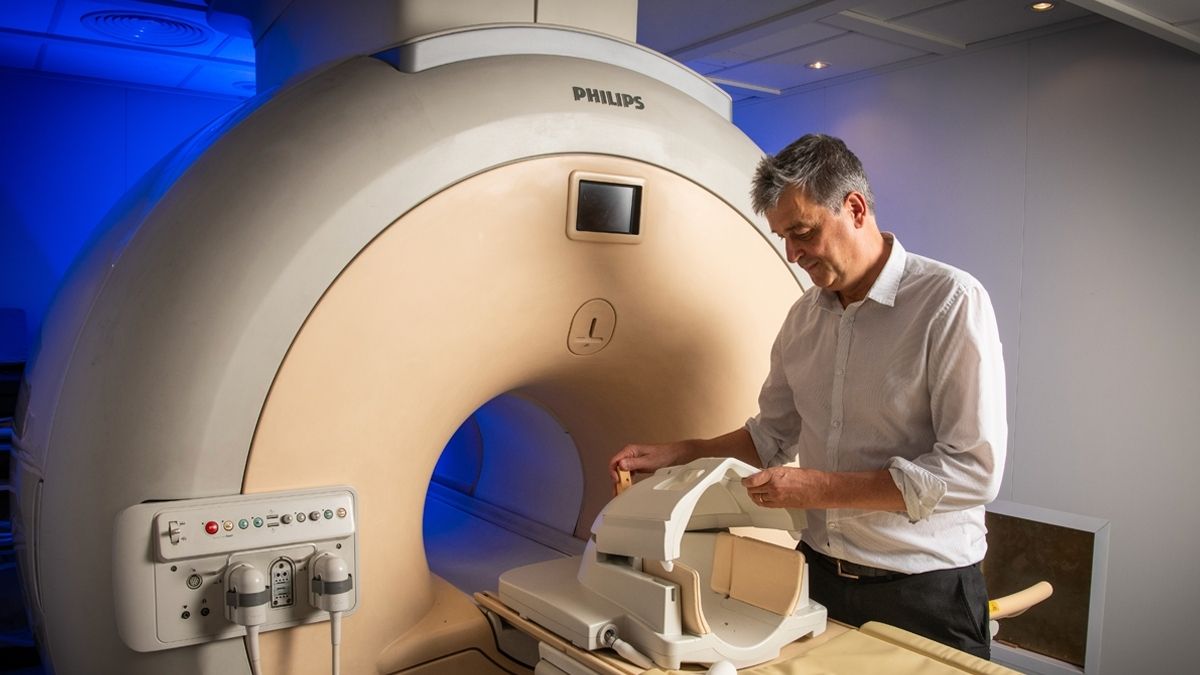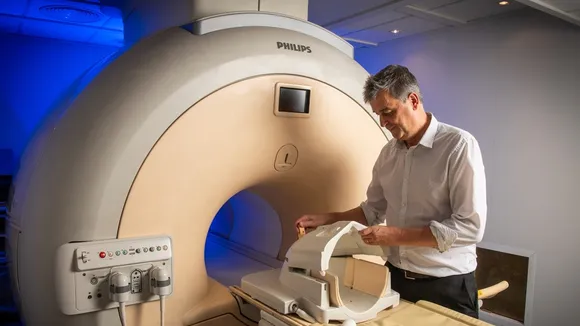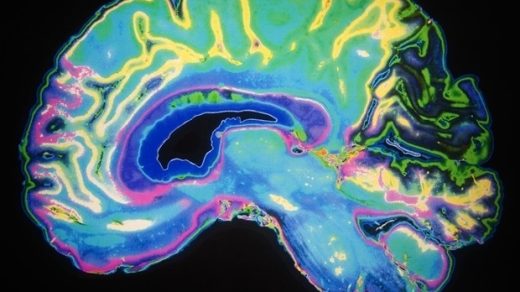
In 1971, a revolutionary idea by American physician Raymond Damadian set the stage for what would become one of the most significant advancements in medical diagnostics: Magnetic Resonance Imaging (MRI). Fast forward to today, MRI technology has evolved exponentially, becoming an indispensable tool in diagnosing a myriad of conditions, including Parkinson’s disease. This article delves into the transformative impact of MRI technology, particularly focusing on its application in early Parkinson’s detection.
Understanding MRI’s Diagnostic Power
Magnetic Resonance Imaging (MRI) utilizes powerful magnets and radio waves to generate detailed images of the body’s internal structures. Unlike other imaging techniques, MRI can produce images in multiple planes, offering a comprehensive view of the targeted area. This capability is particularly beneficial in diagnosing neurological conditions, tumors, joint injuries, and more. The advent of Ultra MRI technology has further enhanced the clarity and precision of these images, enabling early detection of diseases such as Parkinson’s.
Early Detection of Parkinson’s Disease
Parkinson’s disease, a progressive disorder of the nervous system, affects movement and can cause stiffness or slowing of movement in its early stages. The ability to detect Parkinson’s at an early stage is crucial for managing its progression. Ultra MRI technology has shown promise in identifying specific changes in the brain associated with Parkinson’s, thereby facilitating early intervention. This advancement in MRI technology not only aids in establishing more effective treatment plans but also offers hope for improved quality of life for patients.
Advancing Patient Care Through MRI Technology
Despite its numerous benefits, undergoing an MRI scan can be a source of anxiety for many patients. Studies, such as those published in BMC Psychology, have explored the psychological impact of MRI examinations, emphasizing the need for interventions to reduce patient anxiety. Additionally, research highlighted in Nature Communications investigates the neurochemical influences on MRI response, offering insights into optimizing MRI technology for better patient outcomes. The continuous evolution of MRI, including its application in image-guided adaptive brachytherapy for cervical cancer, underscores its pivotal role in advancing medical science and patient care.
The journey from the inception of MRI technology in the early 1970s to its current state underscores a remarkable evolution in medical diagnostics. Today, the use of Ultra MRI in early Parkinson’s detection exemplifies the intersection of innovation and healthcare, offering new avenues for diagnosis and treatment. As MRI technology continues to advance, its potential to revolutionize patient care and improve outcomes across a spectrum of conditions remains unparalleled. This journey not only reflects the ingenuity of medical science but also heralds a future where early detection and intervention can significantly alter the course of diseases for countless individuals.
This was shown first on: https://bnnbreaking.com/breaking-news/health/revolutionizing-early-parkinsons-detection-ultra-mris-breakthrough-role



